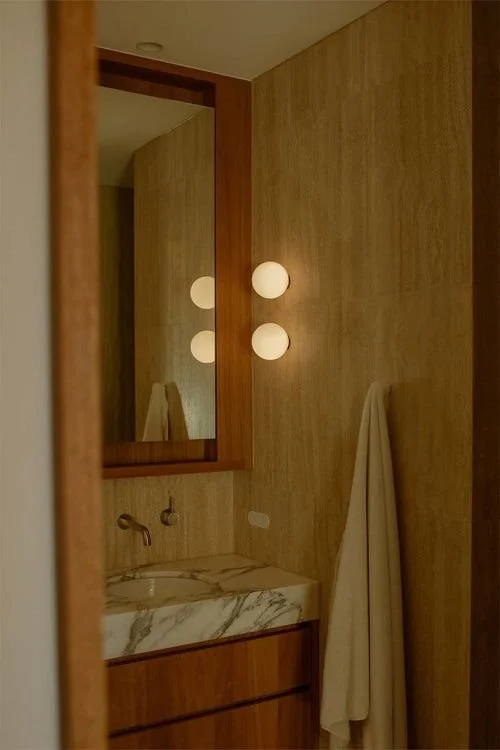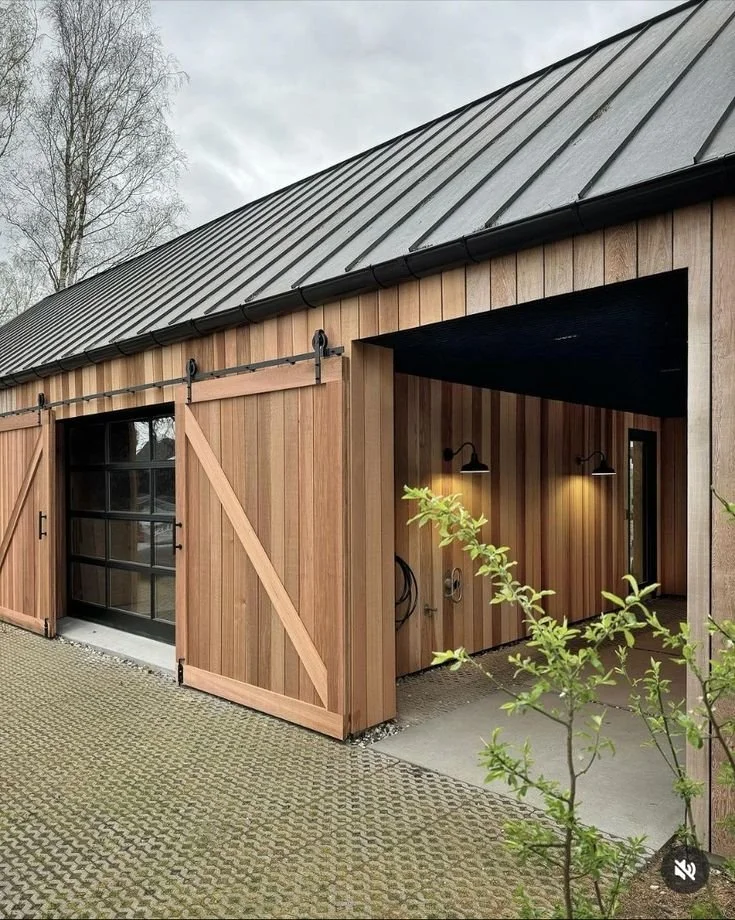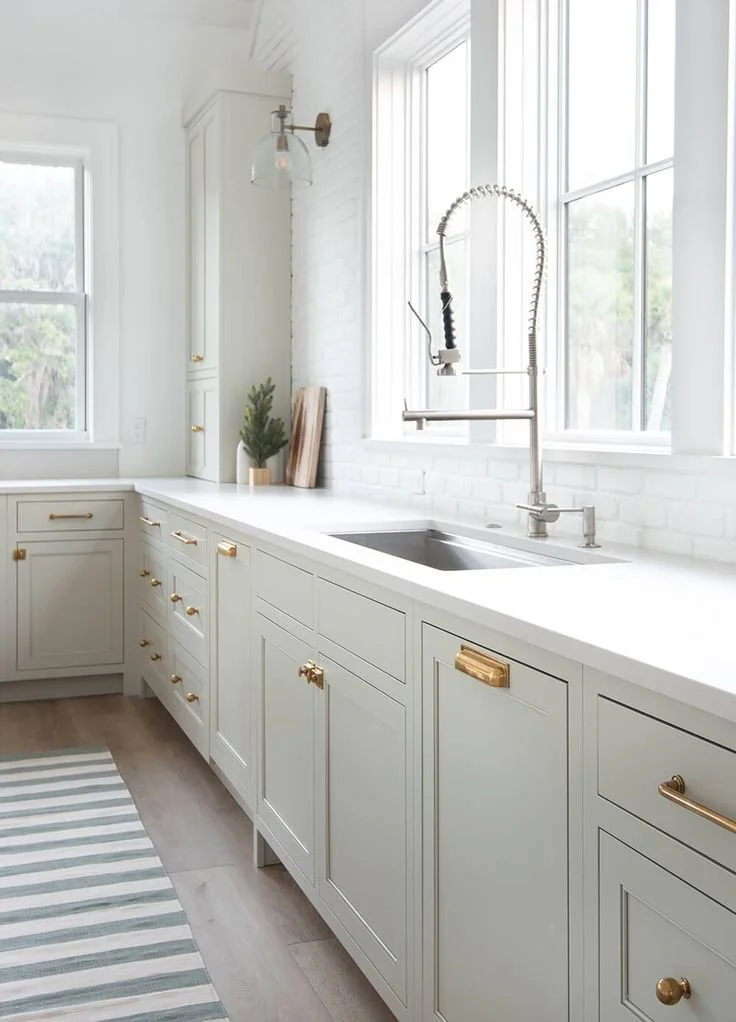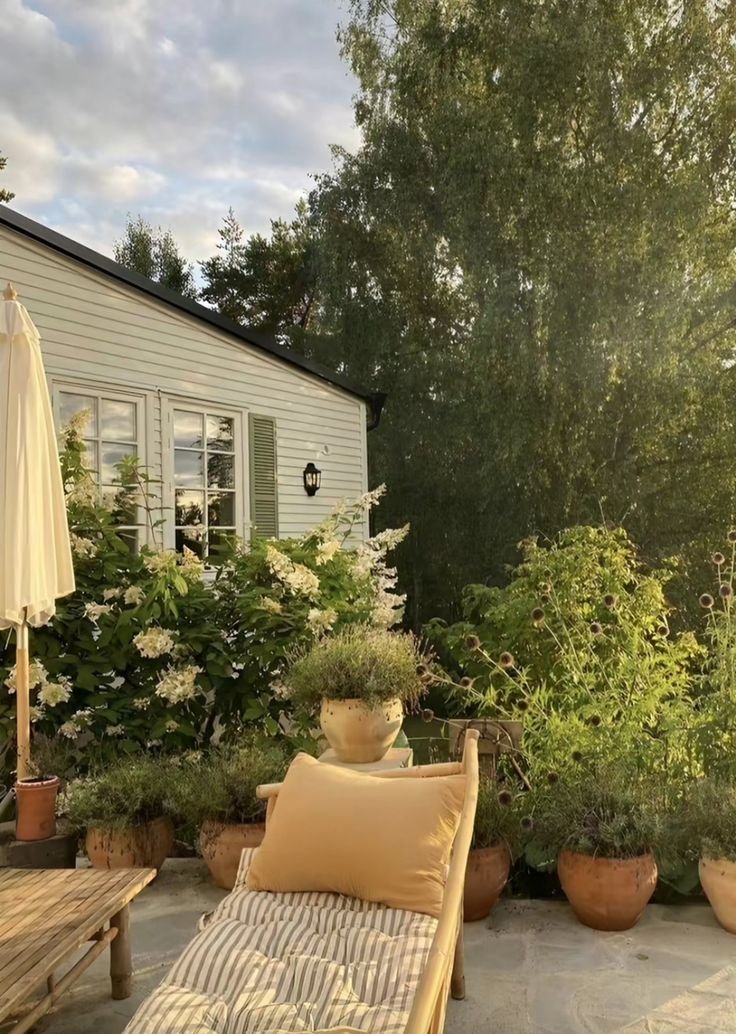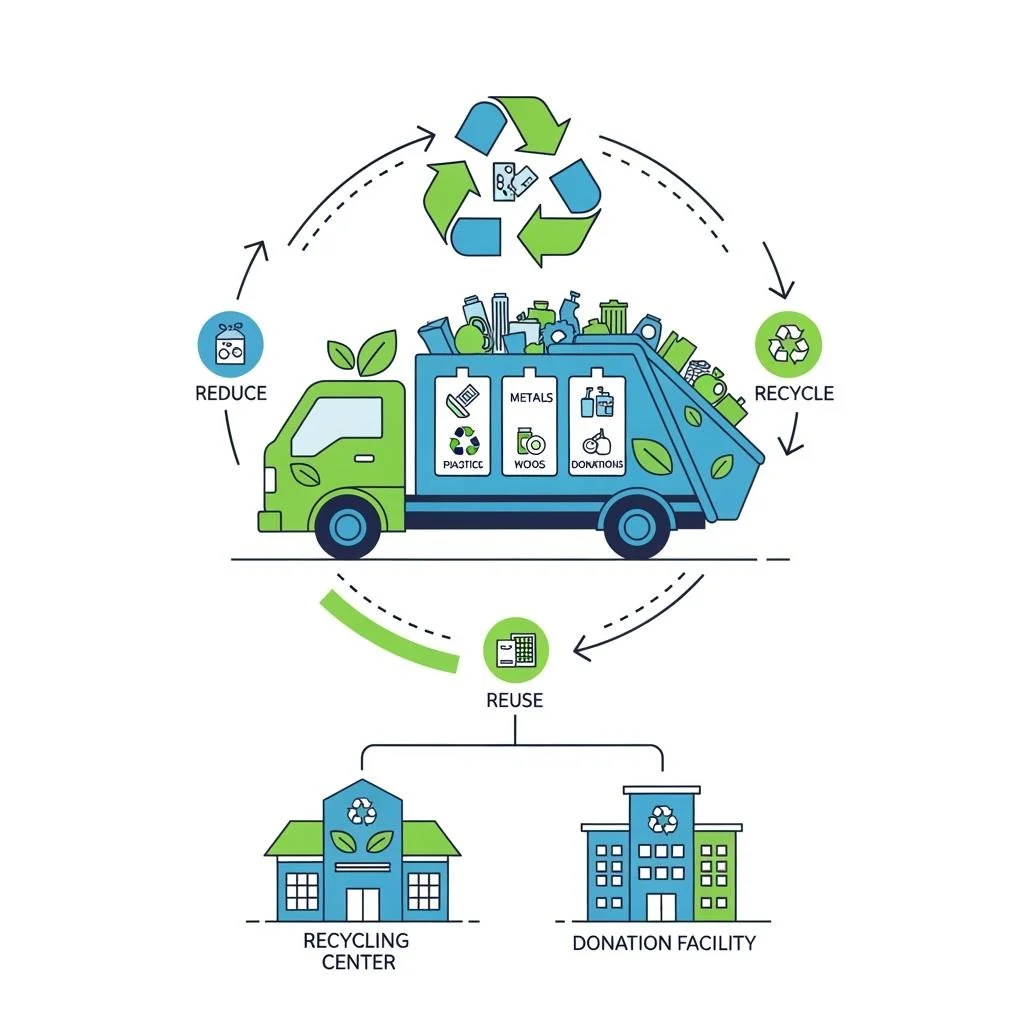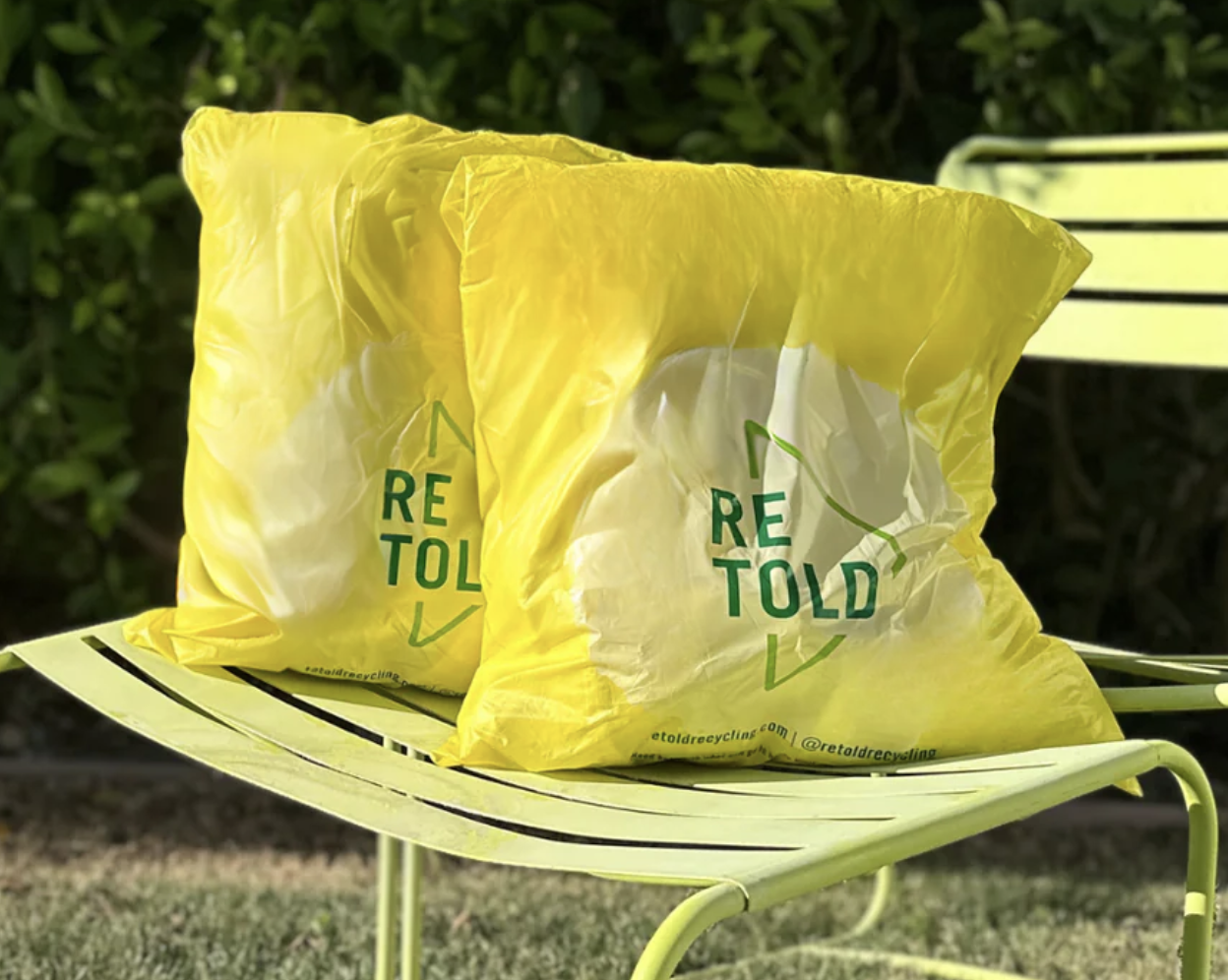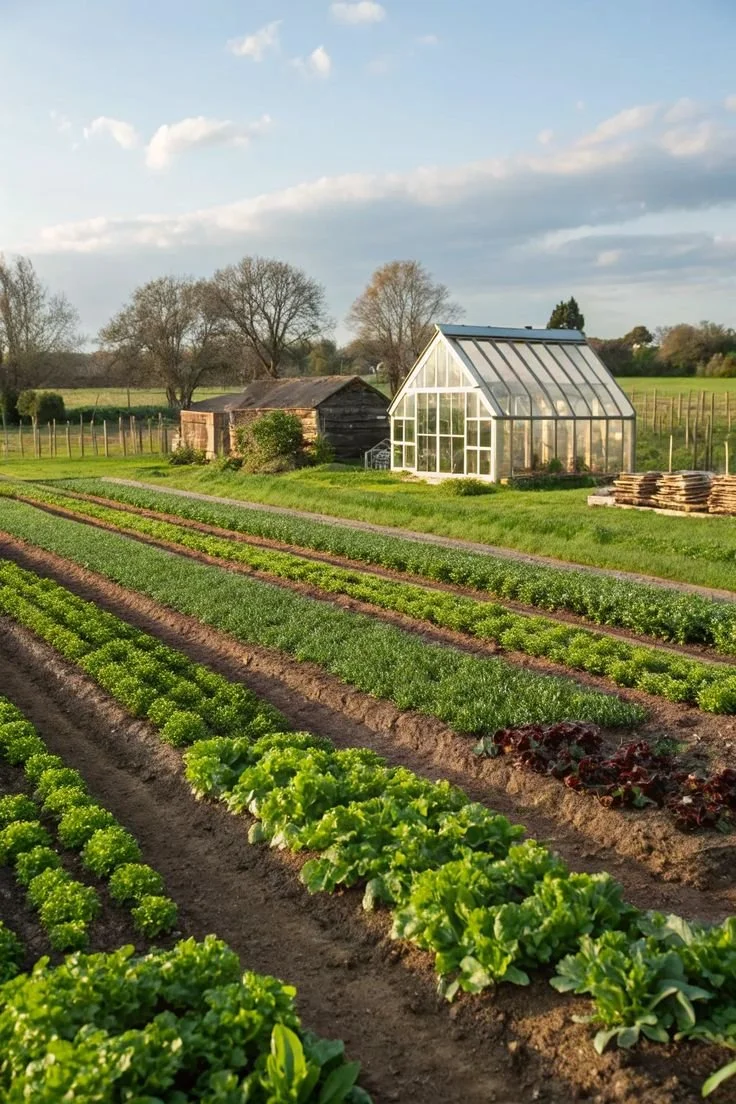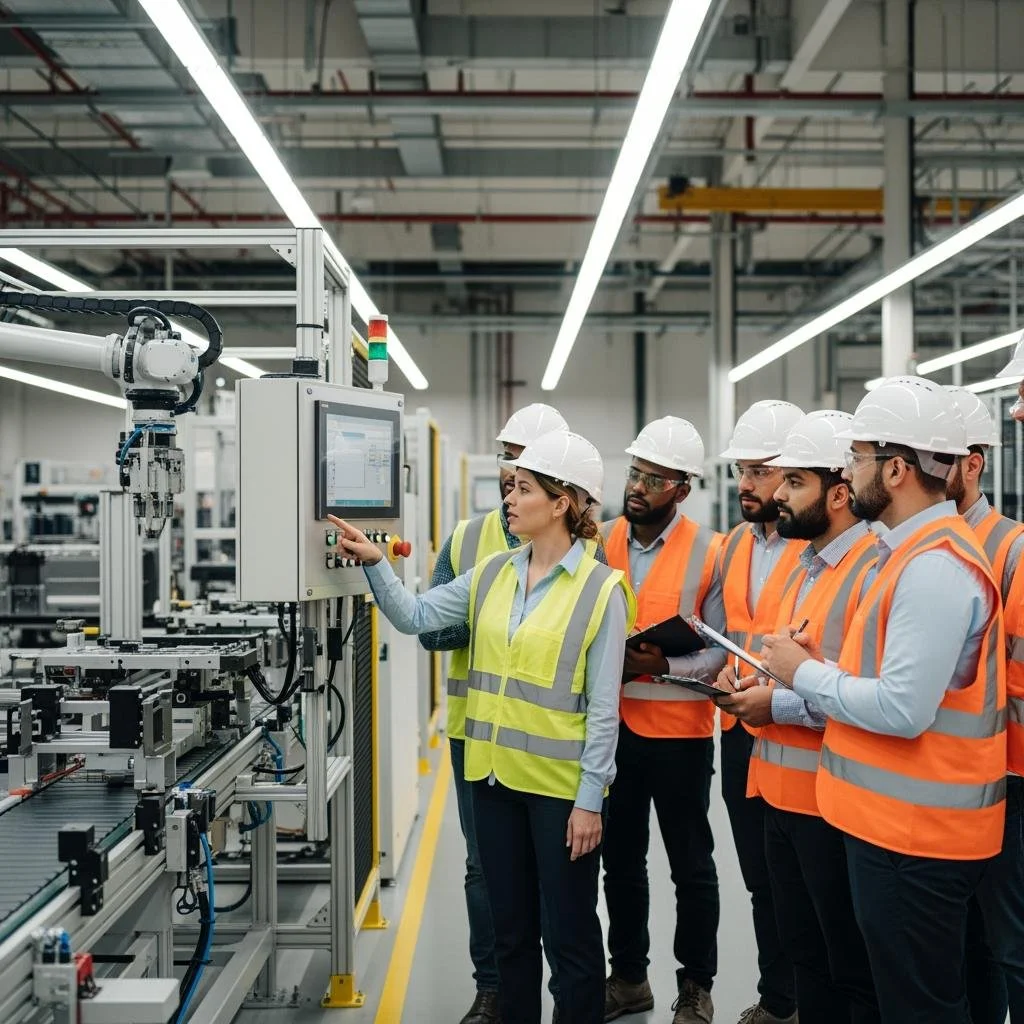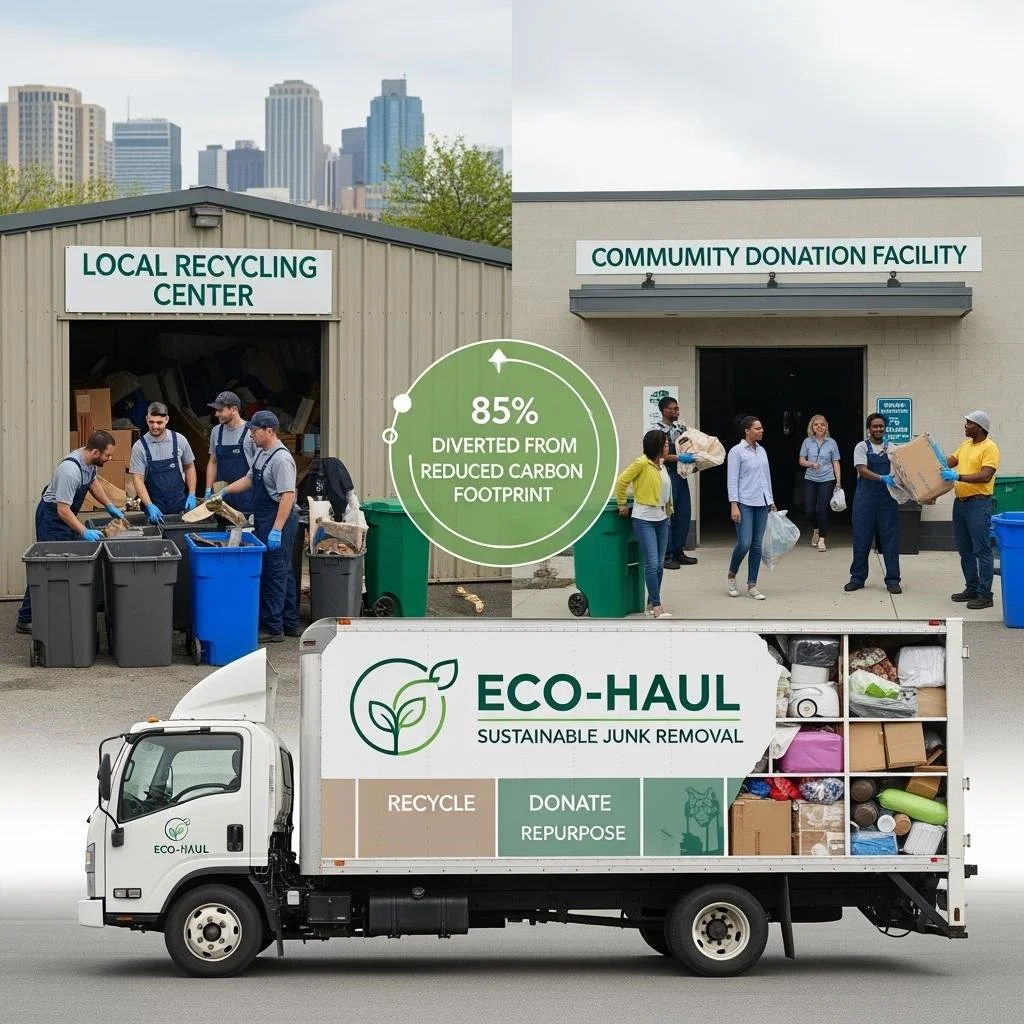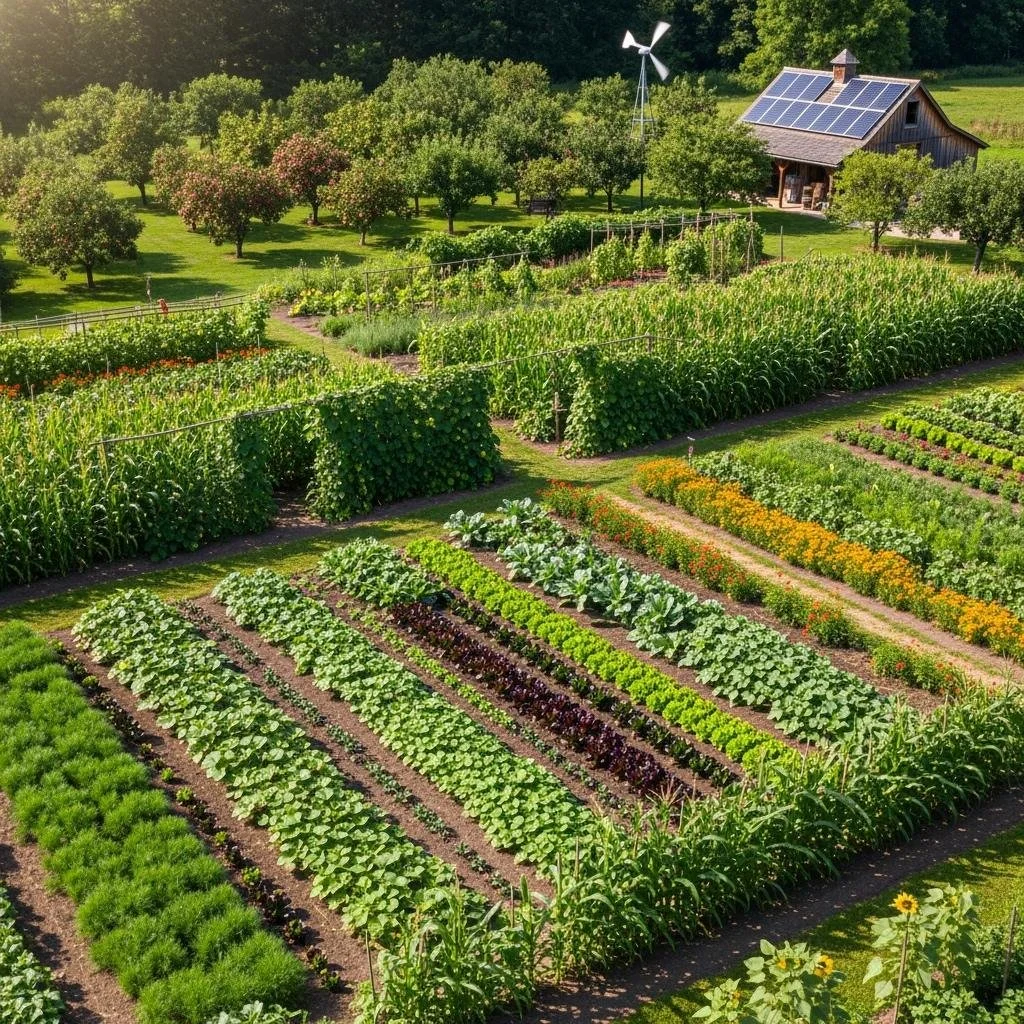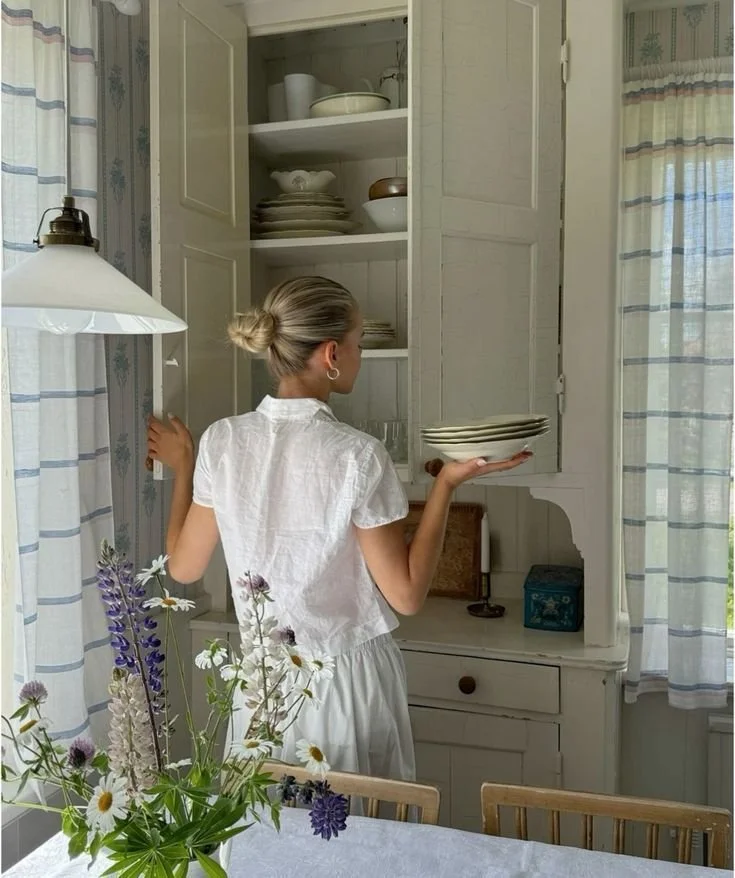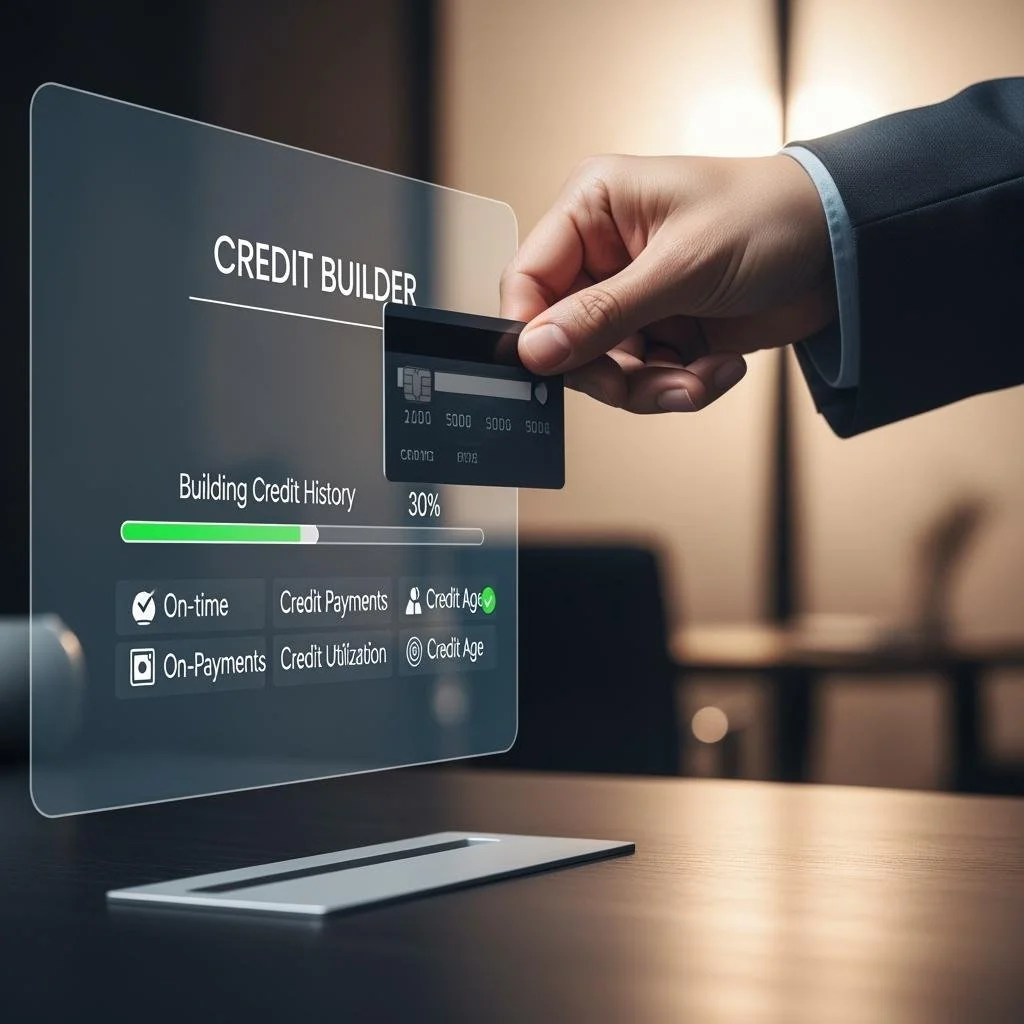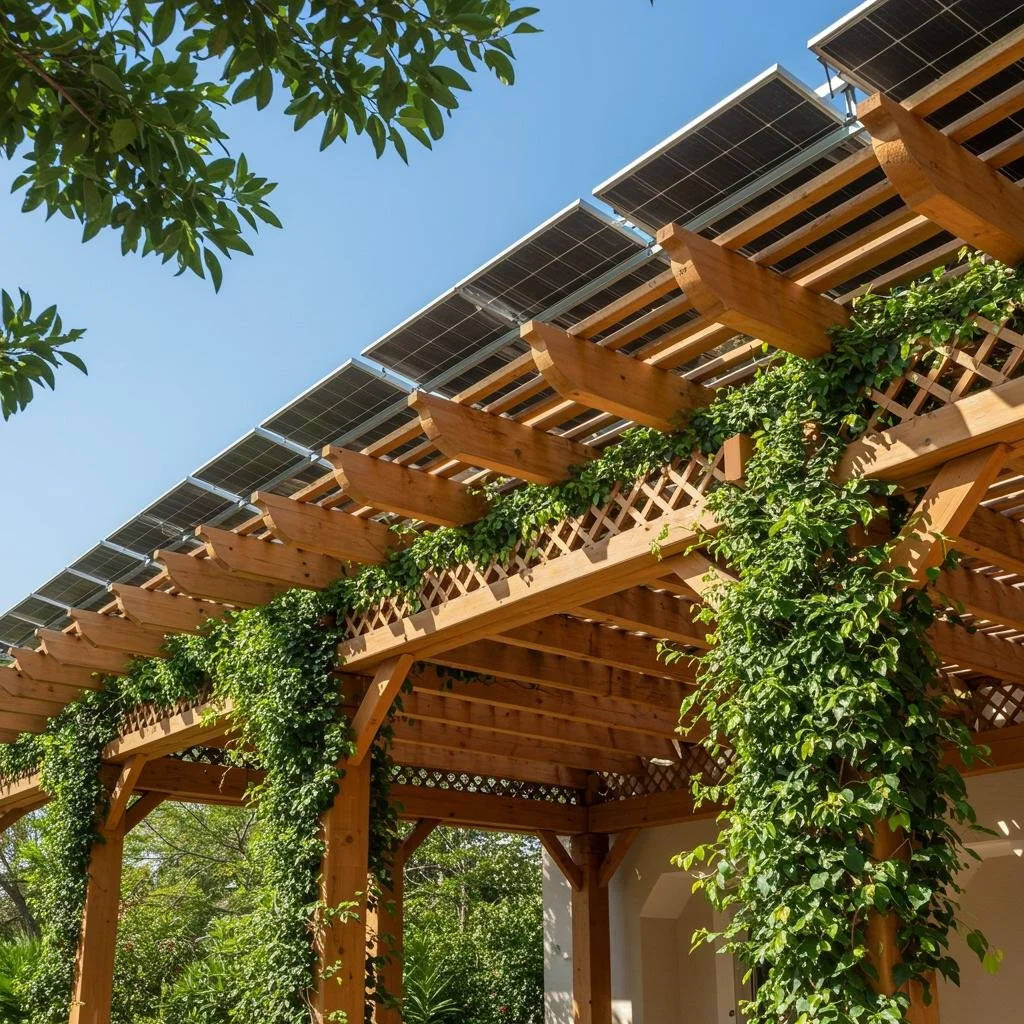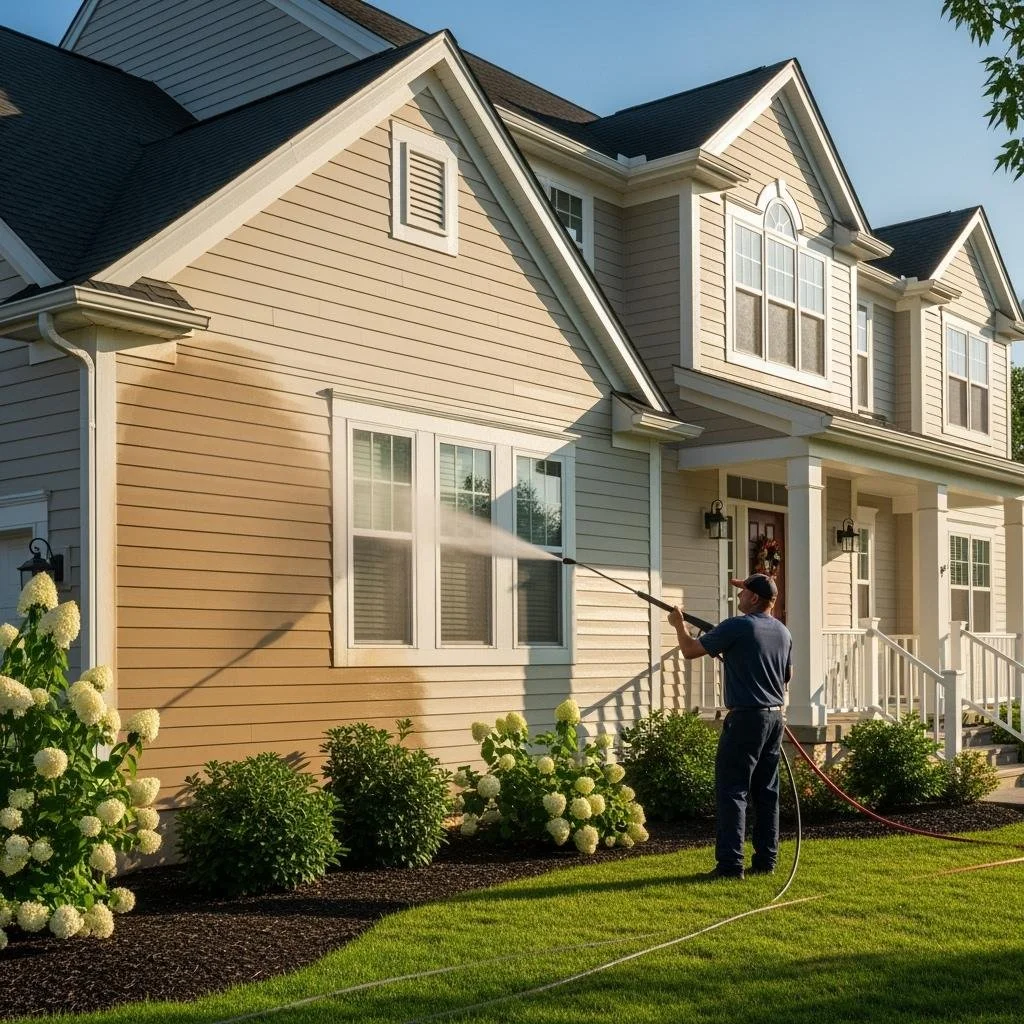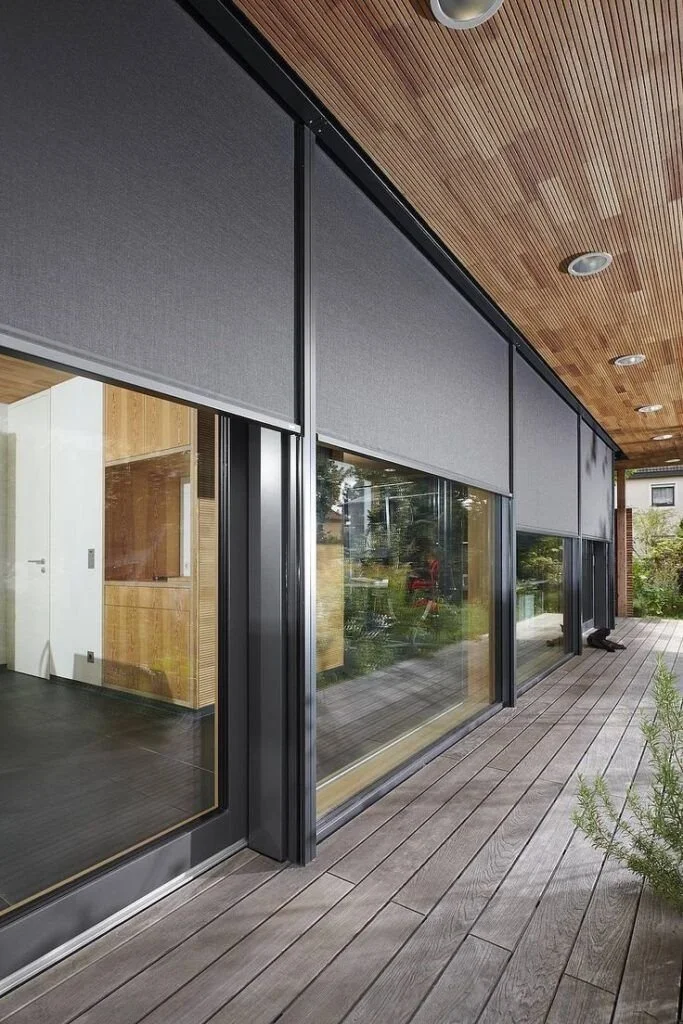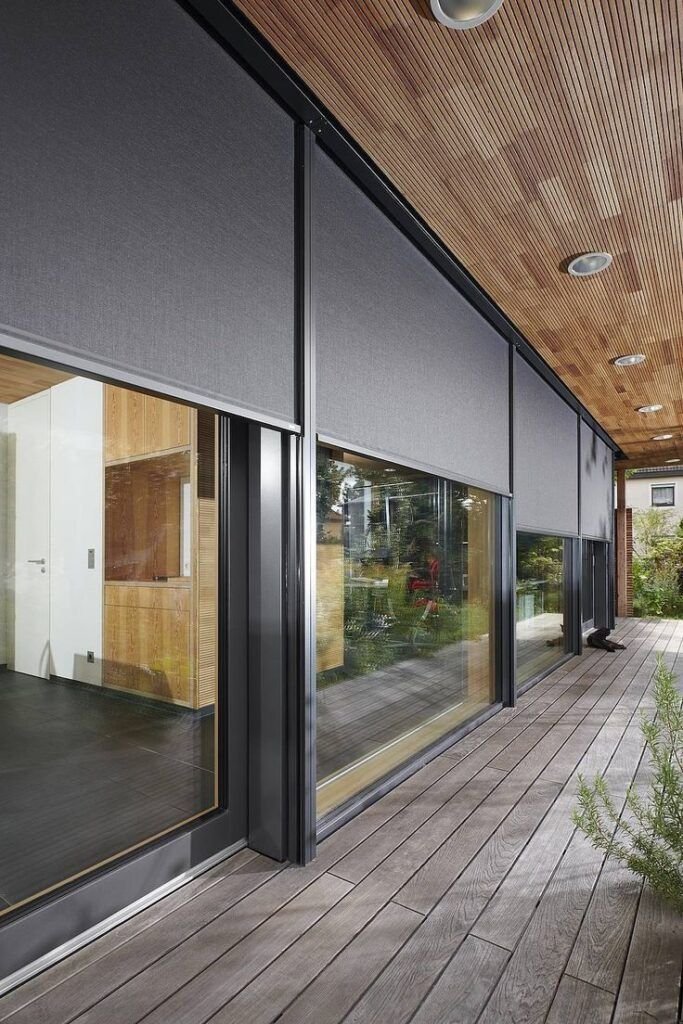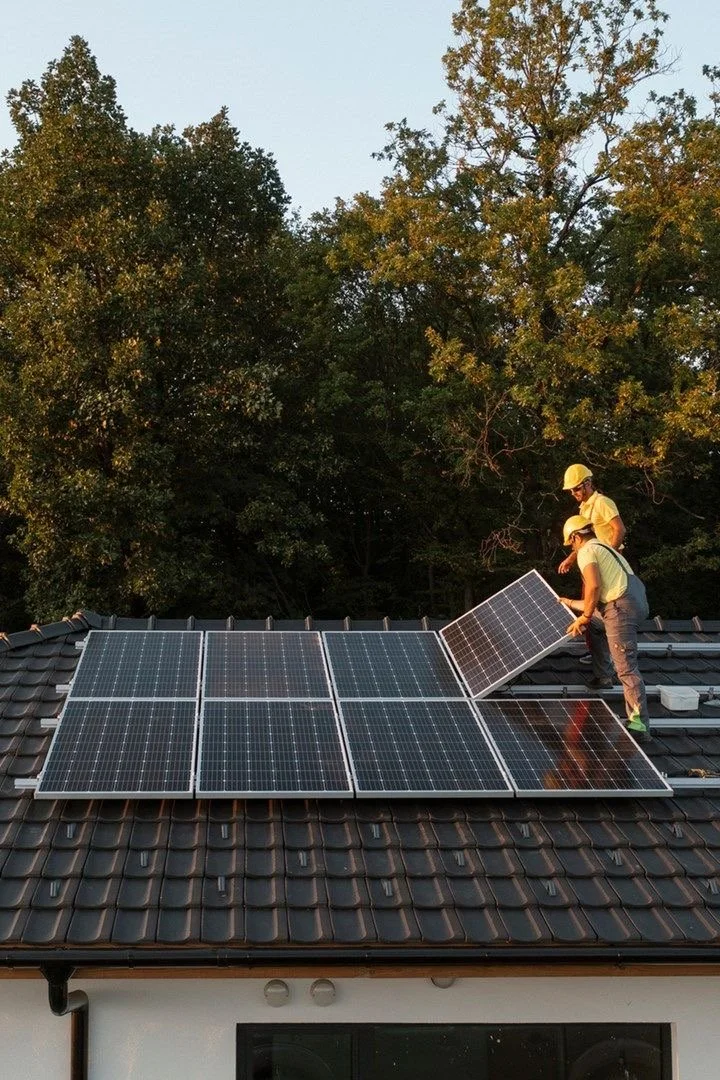As sustainability becomes a global priority, communities are rethinking how they handle organic waste. What was once seen as a burden—piles of leaves, grass clippings, and branches—is now being transformed into nutrient-rich compost.
Across neighborhoods and cities, eco-conscious companies are finding smarter, greener ways to turn waste into renewal. Among the most impactful innovations are professional yard waste removal services that focus on recycling nature itself.
These services don’t just clear clutter from your garden—they help close the loop in the natural ecosystem. By transforming organic debris into compost, they reduce landfill waste, cut carbon emissions, and return valuable nutrients to the soil. It’s an elegant, sustainable cycle that benefits everyone—from homeowners to the planet.
In this article, we’ll explore how professional yard waste removal services are revolutionizing natural recycling. You’ll discover how these services reduce landfill waste, support soil health, and contribute to a more sustainable future. Whether you're a homeowner looking to clean your garden responsibly or a city planner seeking scalable green solutions, this guide will illuminate the powerful role composting plays in environmental stewardship.
No. 1
The Growing Role of Yard Waste Removal in a Sustainable World
The global shift toward environmental responsibility has reshaped how people think about outdoor cleanup. Instead of dumping garden debris into landfills, modern waste removal services ensure that organic materials are repurposed and reused. This approach not only saves space in already overflowing dumpsites but also prevents harmful methane emissions that occur when yard waste decomposes in tightly packed landfill environments.
Professional services handle everything from collection to composting, ensuring the waste is processed properly and safely. Many even collaborate with local composting facilities to transform leaves, grass, and branches into valuable soil enhancers. Here’s how sustainable yard waste programs make a difference:
Collecting leaves, branches, and grass clippings for composting.
Preventing harmful gases from being released in landfills.
Reducing transportation emissions through efficient routes.
Converting organic waste into nutrient-rich soil.
Supporting eco-friendly gardening and landscaping efforts.
This green approach not only keeps communities cleaner but also contributes to a healthier, more resilient environment.
No. 2
From Waste to Worth: The Power of Natural Recycling
Composting is one of nature’s most efficient recycling systems.
Through controlled decomposition, organic materials like leaves, twigs, and food scraps break down into humus—a rich, earthy material packed with nutrients. When spread over lawns, gardens, or farms, compost improves soil structure, boosts plant growth, and reduces the need for chemical fertilizers. The process is both simple and powerful.
Once collected by removal services, organic waste is shredded, aerated, and left to decompose under carefully monitored conditions. Microorganisms work their magic, breaking down materials naturally until what remains is fertile, sustainable compost.
This transformation reduces dependence on synthetic soil enhancers and promotes biodiversity. It also helps combat climate change by locking carbon into the soil rather than releasing it into the atmosphere. Composting, in many ways, is nature’s way of giving back. Benefits of composting include:
Enriching soil with vital nutrients.
Reducing landfill waste and methane emissions.
Enhancing water retention in soil.
Supporting plant growth without chemicals.
Creating a closed-loop environmental system.
No. 3
How Composting Services Are Changing Urban Landscapes
Urban areas are often the biggest contributors to waste buildup—but they’re also where innovation thrives. Many cities have adopted municipal composting programs that partner with private companies to handle organic waste more efficiently.
By integrating composting into waste management systems, these cities are reducing landfill dependency while supplying local gardens, parks, and farms with eco-friendly fertilizer.
For residents, this means easier cleanup and a chance to participate in a larger environmental mission. Businesses benefit too, as sustainable practices often enhance their public image and reduce disposal costs.
Modern composting services now use advanced sorting and tracking technologies to ensure every load of organic material is processed responsibly. Whether for residential neighborhoods or large-scale landscaping projects, these initiatives help keep cities cleaner and greener. Examples of urban composting success stories include:
Citywide compost bins for residents to dispose of organic waste.
Community gardens are supplied with locally produced compost.
Partnerships between municipalities and green waste companies.
Reduction of urban landfill overflow and pollution.
Educational programs teaching citizens how to compost at home.
Through collaboration, cities are showing that sustainability and modern living can thrive side by side.
Crowd Farming
Adopt a tree to support a farmer and receive your harvest at home throughout the season.
No. 4
The Science Behind Turning Waste into Compost
Behind the seemingly simple act of composting lies a fascinating scientific process. When organic waste is gathered and properly managed, natural bacteria, fungi, and insects begin breaking it down. Heat, moisture, and oxygen accelerate the process, resulting in a nutrient-dense product that can be used to enrich soil and promote plant health.
Unlike landfill decomposition, which happens without oxygen and releases methane, composting occurs in aerobic conditions. This ensures a cleaner, faster, and more sustainable outcome. The result is a soil enhancer that supports carbon capture, water filtration, and long-term fertility.
Composting success depends on maintaining a balanced mix of “greens” (like grass clippings and vegetable scraps) and “browns” (like leaves and branches). The right balance ensures healthy microbial activity and prevents unpleasant odors. Scientific benefits of composting include:
Decreasing greenhouse gas emissions through aerobic decomposition.
Supporting microbial diversity in the soil.
Improving soil structure for better water absorption.
Reintroducing carbon and nutrients into the ecosystem.
Reducing reliance on chemical fertilizers.
No. 5
Why Natural Recycling Matters
When we think of recycling, we often picture glass, plastic, or paper. Yet, natural recycling through composting is equally crucial. Organic matter makes up a large portion of household waste, and when not managed properly, it can have severe environmental consequences.
By choosing composting services, homeowners and businesses can significantly reduce their ecological footprint. Every bag of leaves or bundle of branches that’s composted instead of trashed contributes to a cleaner, more sustainable planet.
These small, everyday choices make a big difference. When multiplied across thousands of homes and businesses, they can lead to meaningful environmental change and a reduction in global waste.
Takeaways
Sustainability starts in our backyards—literally. Every homeowner who participates in responsible garden cleanup contributes to a larger cycle of renewal and regeneration. By working with eco-conscious services, you can ensure that your organic waste doesn’t just disappear—it transforms into something valuable.
Through composting, natural materials return to the earth as nourishment, closing the loop in an endless cycle of growth and renewal. Choosing professional waste removal isn’t just about keeping your property clean; it’s about making a small yet powerful choice for a sustainable planet.
In the end, embracing environmentally responsible removal is a step toward a cleaner tomorrow. When we recycle naturally, we don’t just manage waste—we create life from it, turning what’s unwanted into something the earth can celebrate once again.
This post is sponsored.
Looking for Home resources?
Looking to enhance your living space and create a sanctuary that supports your well-being? Explore our home partners who offer a wide range of resources to elevate your home environment.




